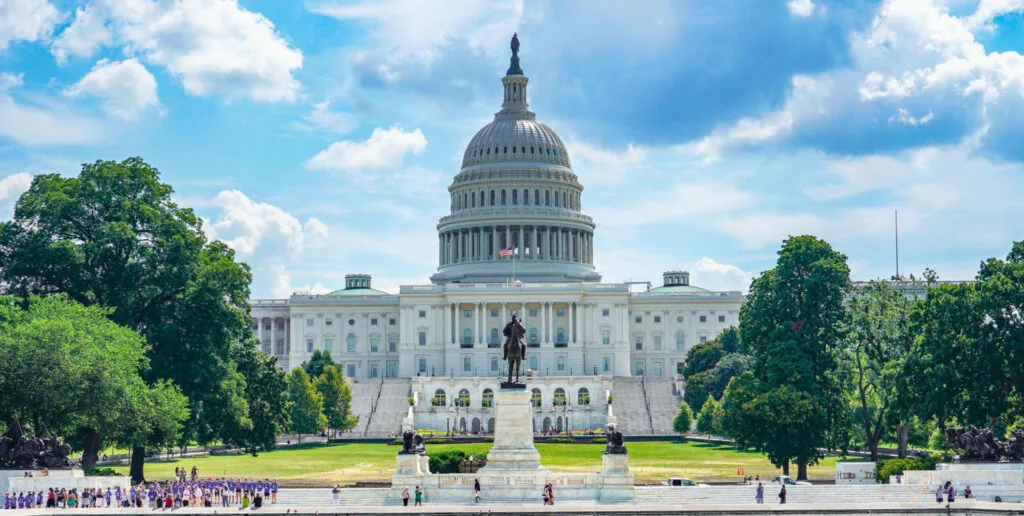With the recent U.S. government shutdown, you may have questions about its potential impact on markets. This marks the 22nd shutdown since 1976, with durations varying from a single day to the longest at 34 days in 2018/2019.
Historically, government shutdowns have tended to create more political noise than significant market impact. Short shutdowns are often ignored by markets, and even longer ones (exceeding five days) have typically seen minimal movement.
Jason Blackwell, a Chief Investment Strategist at Focus (our investment research firm), recorded this brief 2-minute video to share his thoughts on the shutdown.
Rather read than watch? Below are the key takeaways for now:
While extended standoffs can affect tourism, particularly around national parks, the economic impact has never been substantial enough to significantly move GDP. Additionally, retroactive pay for federal employees has historically mitigated broader spending impacts.
However, three factors could make this shutdown different:
- Furloughs turning into permanent layoffs: The government has already reduced headcount aggressively this year. This shutdown could potentially be used as an opportunity for further permanent reductions.
- No retroactive pay for federal workers: Historically, Congress has authorized retroactive pay for federal workers during shutdown periods. A deviation from this practice could be a cost-saving measure.
- A protracted standoff without resolution: Current betting odds show little consensus on whether this shutdown will resolve quickly or extend for several weeks.
We believe the bond market will be the primary indicator of stress, and currently, we do not observe significant concern.
While government shutdowns often generate political headlines, their influence on markets typically dissipates quickly. Should our view on the impact of the shutdown change, you can expect us to communicate this to you in a timely fashion.
If you have any questions or would like to discuss this further, please do not hesitate to reach out.



